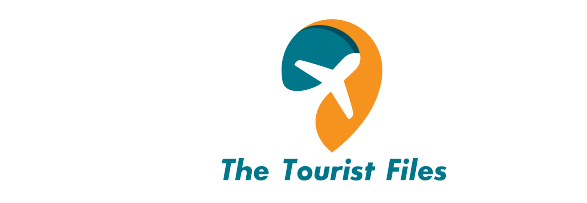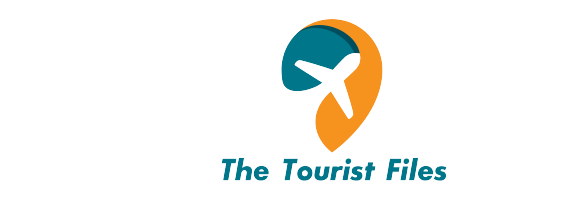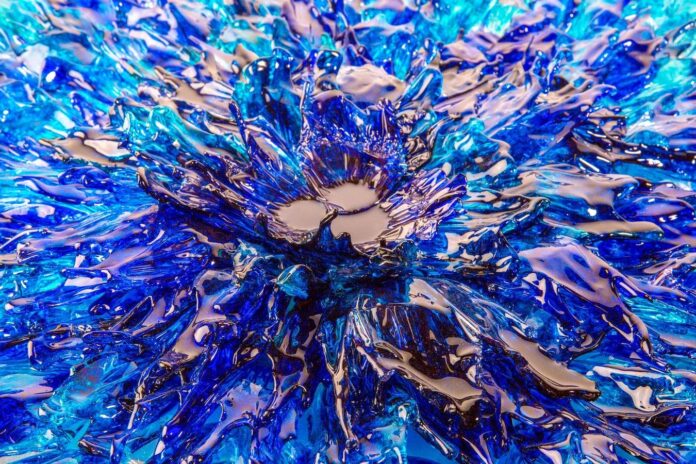Hadil Moufti
‘Bactrian Princess Small Studies’
The Dubai-based Saudi visual artist contributes this five-panel mixed-media work (a blend of photo collage, pencil, charcoal and silver leaf) to Tashkeel’s 12th annual ‘Made in Tashkeel’ exhibition, which runs until August 31.
Moufti’s work depicts a small figurine from the Louvre Abu Dhabi’s collection (on loan from the Louvre in Paris) — a statue from Bactria in Central Asia believed to date back around 4,000 years.
“This series was inspired by a talk from art historian Rose Balston about art in the UAE,” Moufti explains in her artist’s statement. “Listening to her explain how and why the Louvre Abu Dhabi came to be, I realized that the French-Emirati collaboration went beyond two countries; its claim as a universal museum was in fact justified. This figurine had travelled from Bactria … and was now sitting under Jean Nouvel’s dome.
“I chose to work on the image of the princess because I like to think of her detachable body parts made from different stones — a symbol of universality, cultural diversity and changeability,” she continues. “Repetition is a meditative process. The photographic image of the figurine, or heroine, is manipulated digitally and physically, printed numerous times, cut out, dissected, then placed in new settings, allowing for variations of interpretation while addressing the subject of identity.”
Badr Abbas
‘Slam Dunk’
The self-taught Emirati artist’s work is often rooted in Eighties nostalgia, portraying various aspects of Emirati culture — both native and imported — in his distinctive cubist paintings. This new work is part of a sports-focused series that, according to Tashkeel’s catalogue, “examines cultural influences from across the world that have been absorbed into Middle Eastern trends, habits and style. Growing up in the 1980s with pop culture (sports, anime series, fast food, et cetera), Badr uses his childhood influences and displays his vision of how they became part of everyday Emirati life.” Basketball was then — and remains — a major influence on Khaleeji culture, and “Slam Dunk” mixes sneakers, caps and jerseys with Emirati signifiers.
Areen Hassan
‘Granada’
Hassan uses “aesthetic, harmonious and abstract shapes” to create silkscreen and digital prints. The Palestinian artist and designer says these gowns were “designed with Islamic motifs, orientation and patterns in a composition that enables one to observe the spirituality of Islamic art as an embodied universe of symbolic meaning.”
The abstract shapes on the dresses come from prayer rugs that Hassan had previously created. “The composition symbolizes spiritual life and communication without a physical space,” she explains in her statement.
Ibraheem Khamayseh
‘Hob’
Khamayseh is the son of a renowned Palestinian calligrapher and is himself a talented exponent of this much-treasured artform — even “reinterpreting” the Naskh font into his own eponymous font. “Hob,” a piece of acrylic mirror that Khamayseh laser cut, is, he explains, “part of my daily Instagram experiment. I tried to explore the connections between the meaning and the calligraphy form.”
Morvarid Mohammad
‘Sunny’
At just 14 years old, Mohammad is the youngest artist ever to have their work included in “Made in Tashkeel.” Mohammad began by working with traditional mediums including oils and watercolor — and has an oil painting, “Flowers in Nowrooz,” included in the show as well — but has recently started to create digital art such as “Sunny,” which she drew on her phone using Ibis Paint X.
Shahd Sumairi
‘Palestinian Fragrance’
The Palestinian-Jordanian designer contributes these two works — acrylic paint on a pottery bowl and on wood — inspired by Ghassan Kanafani’s poem “The Land of Sad Oranges” and “the scent of items that remind us of home: Hummus, maqelooba, kunafa and oranges.” The exhibition brochure states: “The work takes on a new meaning of reclamation and resistance.”
Shareefa Al-Hashmi
‘Fly Me to My World’
The freelance photographer has two images featured in the show taken at Dubai’s Ras Al-Khor Wildlife Sanctuary, home to numerous flamingos. “I found it difficult to catch the flamingo flying as it’s a sudden action, and I had to wait for the right moment and put the right setting before capturing the image with my camera,” she says. “I felt that it was flying to the sky and forgetting every single responsibility it holds. Flying gave it a feeling of limitless freedom.”
Yousra Wahba
‘Frozen Blue’
The Egyptian artist’s work is heavily inspired by nature and “fleeting moments of streaming energy.” This image is part of a new series she is working on called “Splash,” which — Wahba explains in her artist’s statement — “captures the unexpected, splendid energy and sculptural quality of the splashing liquid.” Through this, she hopes to “push the limits of the materials in a delicate way in order to develop an organic form that evokes movement.”


